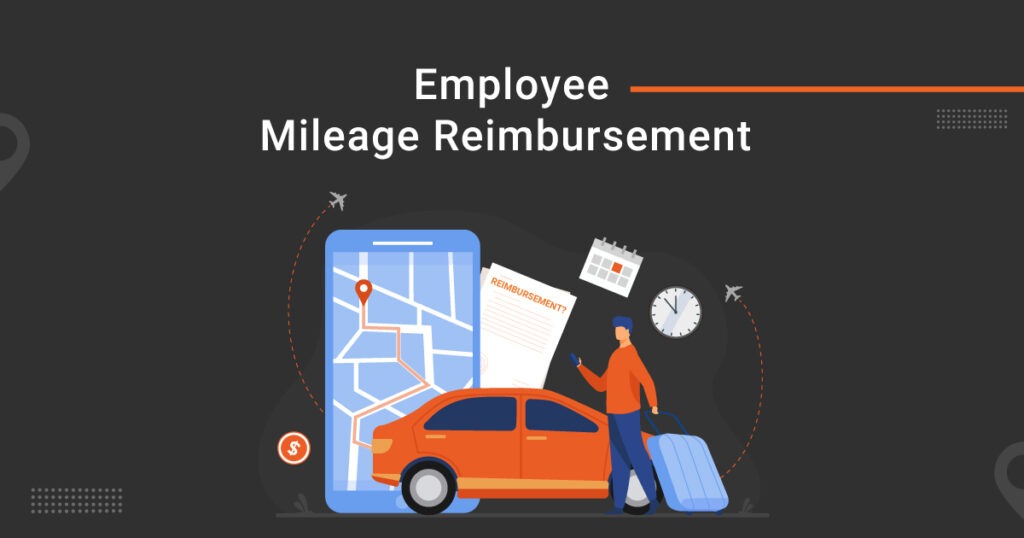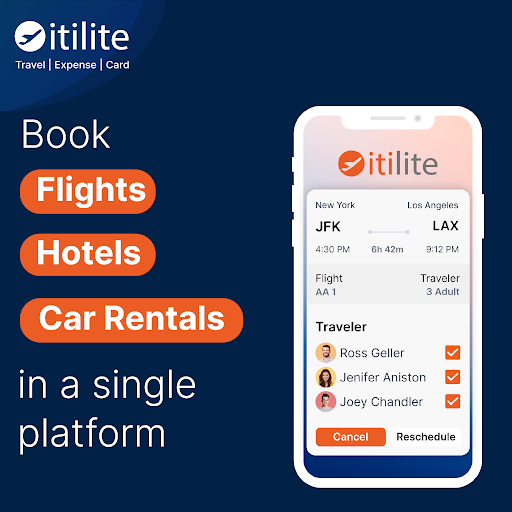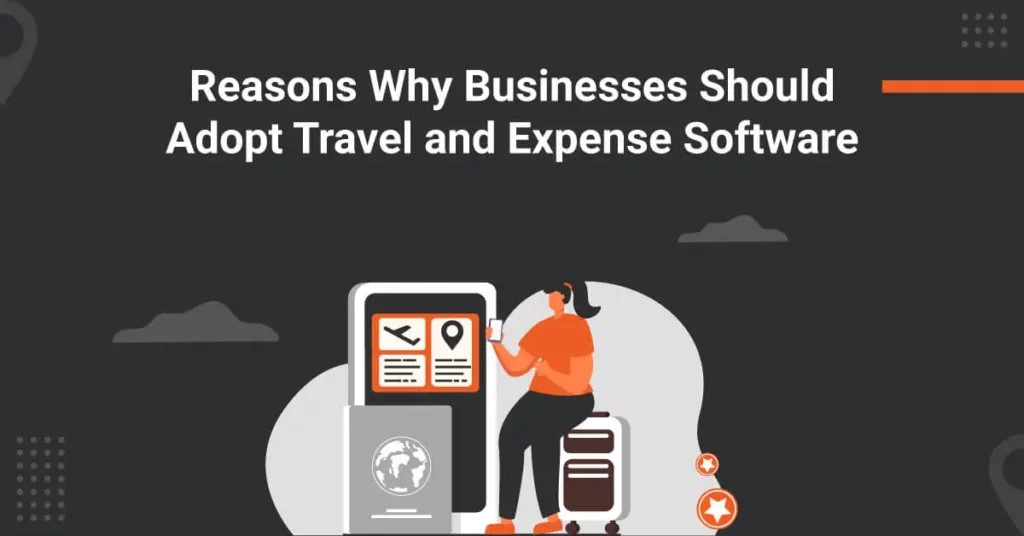
When you provide mileage reimbursements to employees, it becomes highly crucial that you also have a clear and concise company mileage reimbursement policy. You may ask why you need a policy when you are already reimbursing your employees for mileage? Well, an easy-to-understand employee mileage reimbursement policy helps simplify the filing and reimbursement process. It gets rid of any confusion that the employees may have and eventually creates a smooth mileage reimbursement system.
Here is an infographic to help you understand the importance of a standard policy for mileage reimbursement and the elements you should cover to make it effective.

Why do we Need a Mileage Reimbursement Policy?
Whenever employees use a personal vehicle, you must reimburse the amount spent on gas. This reimbursement should come under an accountable reimbursement plan to not be taxed.
Hence, there is a need for a proper policy that defines all the information about mileage reimbursements. It should include how to calculate mileage reimbursement, how to file reimbursements, how much of the amount is reimbursable, what are the standard rates, etc. The reimbursement policy benefits both the employees and the employer while keeping the reimbursement process going smoothly.
Sections of an Effective Mileage Reimbursement Policy
Your company mileage reimbursement policy must include the factors that need the most clarification. The policy itself needs to be flexible, and every business should create a policy that best suits them. Moreover, you must update the policy as and when required.
There are no fixed guidelines or pre-defined formats to create a policy for employee mileage reimbursement. However, here are a few general suggestions for effective policy formulation:
1. Introduction to Mileage Reimbursement Rate
Provide a detailed explanation about mileage reimbursement rates for your employees’ better understanding.
The mileage reimbursement rate is the cost per mile set to reimburse employees when they use their personal vehicles for work purposes. “Personal vehicles” include cars, bikes, and vans registered to the claimant.
2. Explain the Method of Rate Calculation
While calculating employee mileage reimbursement, you can either go by the standard mileage rates set by the IRS or set your own rates for the company.
If you use personal rates, you have the option of reimbursing mileage in the form of Flat Car Allowance or Fixed & Variable Rate Allowance (FAVR) as per the IRS guidelines. However, you need to prepare your employees. If you go lower than the standard rate, the employees can claim the difference in their tax return.
Alternatively, if you decide to go over the standard reimbursement rate, you must tell your employees that the reimbursement amount falls under taxable income; hence, it is no longer deductible.
Other than that, you should mention that the employees should only take the shortest possible routes. This will ensure that you are not reimbursing inflated miles.
To implement this rule, you can use an expense management platform like ITILITE. The mileage reimbursement feature offered by ITILITE auto-calculates the shortest travel routes to the destination your employees have traveled when they file for mileage reimbursement. Hence, you don’t have to break a sweat during reimbursements.
3. Non-reimbursable Categories
Your company mileage reimbursement policy must also include the categories that the company will not reimburse. The non-reimbursable categories can be as follows:
Regular Commute:
The regular commute is the average distance an employee travels to reach their work destination. According to the IRS, employees cannot claim daily work commutes under the company’s mileage reimbursement program because they are not classified as business travel expenses.
Hence, while preparing your policy for employee mileage reimbursement, you must clearly state that the company will not reimburse regular commutes, and filing any such claims might amount to expense fraud.
Personal Chores:
Sometimes, while traveling for work, employees might take a detour to run some errands. The miles traveled for such chores are neither beneficial nor necessary for business. Hence, your policy for mileage reimbursement must clearly state that personal chores or errands are non-reimbursable.
However, in some cases, you might require your employees to use personal vehicles to run some business errands. For instance, they might need to drive to buy office supplies. Or they might need to visit the bank for official work.
In such situations, the company must pay for the miles employees have traveled. Hence, your policy must differentiate between business and personal errands and be straightforward about reimbursing miles for business errands.
4. A Few Explanatory Examples
The best way to explain the mileage policy for employees is with a few examples of what is acceptable for mileage reimbursement claims and what isn’t. Here is a couple of them you can refer to.
Straightforward Business Trips
An employee travels from the main office to a client meeting at the Miami Convention Center, then stops for lunch and goes to another meeting at the Miami Chamber of Commerce. Finally, returning to the main office. The total mileage for this trip can be reimbursed.
Trips Including Daily Work Commute
An employee leaves home to attend an all-day meeting. The employee returns home without any deviations after the meeting. The total distance traveled was 65 miles. The employee’s normal commute is 10 miles. Here, 55 miles can be reimbursed.
Trips Including Route Deviation for Errands
On the way to a meeting, an employee takes a deviation to run personal errands. After the meeting, the employee drives to the office and then home. The miles that will be reimbursed are the drive to the meeting and the office. The deviation will not be excluded while calculating the amount.
5. How to Submit Mileage Reimbursement Claims
The IRS has four main requirements for mileage reimbursement claims to be included in the accountable reimbursement plan. Advisable your employees to keep a log of these details as it will help them in filing expense claims. These are:
- Time and date of each journey
- Total number of miles covered according to odometer readings
- The destination
- Reason for the journey/Business purpose
Once these points are covered, it gets simpler and easier for the employees to file their expense reimbursement claims.
Your Free & Customizable Mileage Reimbursement Policy Template
A precise and concise company mileage reimbursement policy helps employees stick to it and improves compliance. Moreover, it helps you avoid travel expense fraud and saves big bucks on business travel.
Here is a free mileage reimbursement policy template that will help you save time while creating a customized policy for your organization.
Get Free Mileage Reimbursement Policy Template
Build Employee Morale with the Right T&E Partner
Providing reimbursements according to a proper mileage reimbursement policy can be good for your brand image. It is also a great way to improve employee morale. What takes it a notch up is when you make reimbursements simpler and less time-consuming. You can do that with travel & expense management software like ITILITE.


















